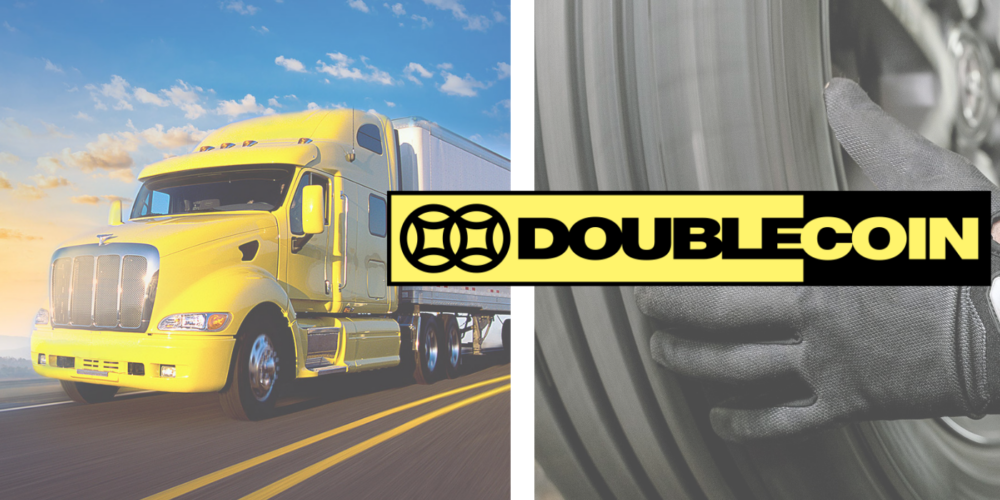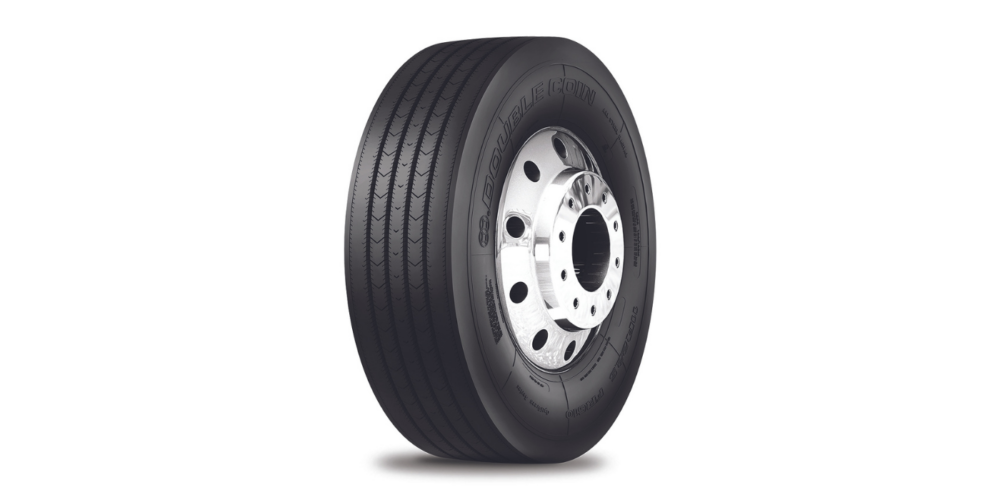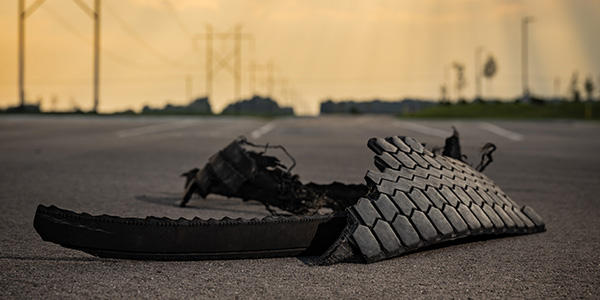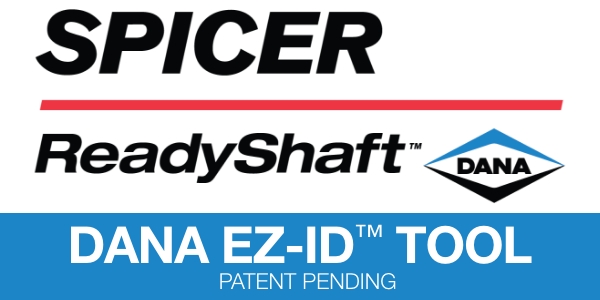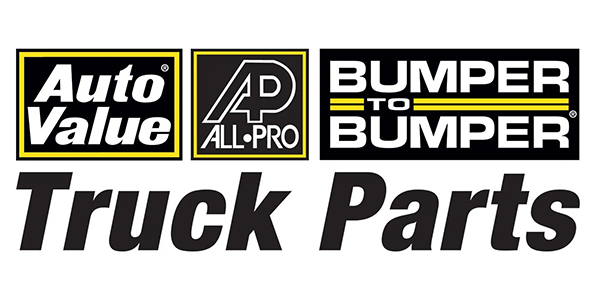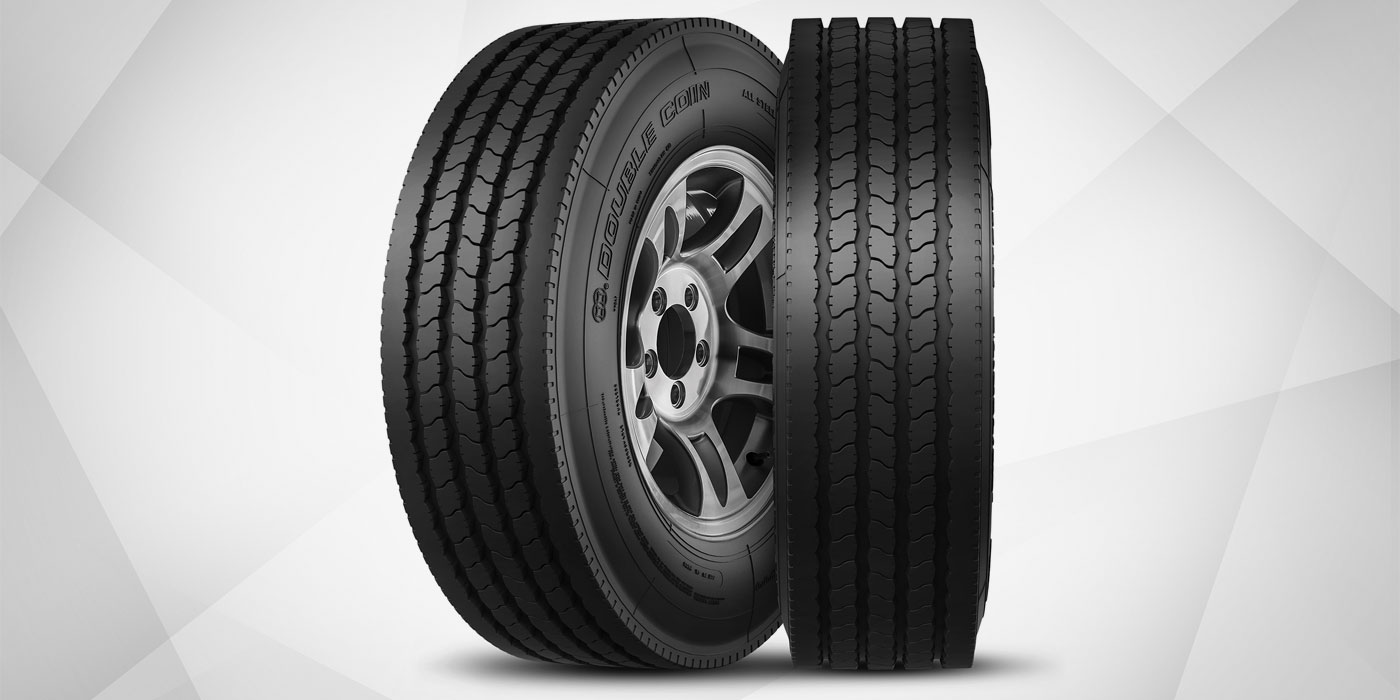The execution of on-time deliveries and seamless operations is paramount, ensuring that fleets never act as a bottleneck and hinder the daily duties of its customer base. As your truck tires cover mile after mile, it’s important for them to operate efficiently and productively within spec. Issues such as overloading, imbalanced weight distribution, and under-inflated tires can put a strain on not just your vehicle, but your fleet’s reputation as well. To avoid the fallbacks that arise from improper load distribution, Double Coin Tire shares its top tips for keeping things rolling in the right direction.
Exceed expectations, not GVW
Every fleet wants to get the most out of every load, but not at the expense of safety and performance. For interstate travel, Gross vehicle weight (GVW) is set at a max of 80,000 lbs. Exceeding this interstate maximum without special permitting directly violates DOT regulations, leading to fines and possible service suspension. Dual axle configurations can manage loads of around 34,000 lbs. each, while the steer axle typically has a capacity of up to 12,000 lbs. Surpassing these axle weight limits carries significant implications for your fleet’s performance.
When it comes to truck tires, a 14-ply rating is sufficient to meet the maximum load requirements for most situations. However, there’s an exception for specific configurations of the steer axle, where a tire with a 16-ply rating is required for a 12,300 lb. rated axle necessary to tackle applications with increased loads.
Steer tire products such as Double Coin’s FR610 meet these load carrying requirements, boasting fuel efficiency for long haul deliveries.
With weight evenly distributed across all wheel positions and properly secured, and appropriate air pressure is utilized, the possibility of tire failure due to an overload situation is reduced. Frequent tire inspections and safe driving based on road conditions additionally play an important role in ensuring the proper performance of all commercial vehicles.
Balance load distribution
It is important to note that maintaining proper air pressure in all tires according to the load they are carrying is a crucial factor for ensuring the tires perform well and the vehicle operates safely. As loads vary, so do proper air pressures. Heavier loads, for example, require additional air pressure to support the extra weight. Distributing the load evenly across all wheel positions ensures vehicle stability with proper air pressure maintaining a uniform tire tread footprint. Once a load has been securely positioned, the ability to adjust is gone, so getting it correct at the beginning is key. Failing to do so can result in excessive wear and casing fatigue, resulting in increased maintenance and repair-related downtime.
Consult manufacturer guidelines
Follow the manufacturer’s recommended weight limits and load distribution guidelines specific to your vehicle type and configuration. While Double Coin, along with all other tire manufacturers, has load and inflation tables available within their data books that provide guidance, it is always best to directly consult the vehicle manufacturer prior to any type of special or non-traditional loading of a commercial vehicle.
Don’t quit your daily inspection job
Drivers should check their loads regularly. At minimum, this is to be done during their vehicle pre-trip inspection at the start of each day. They should also regularly monitor and maintain proper tire pressure according to load and inflation tables as mentioned above. Fleet managers should implement a consistent tire maintenance schedule based on application and duty cycle, including rotation and alignment, to prevent uneven wear patterns and promptly address any signs of damage.
Look for the signs of under performance
Both under and overinflation have a detrimental effect on overall tire performance and wear. Drivers should conduct frequent tire inspections and monitor driving dynamics for any indications of unusual or uneven tire wear. These signs might include vibrations or irregular tread patterns, which could potentially point to underlying load distribution concerns or improper inflation. Under-inflation will create irregular wear on the tread face. If you observe a decline in fuel efficiency or experience difficulties in handling, it’s possible that your vehicle’s tires are not properly inflated to the recommended PSI. Continued use of low-pressure tires can lead to sudden failure if not promptly addressed. Over-inflation will create shoulder wear and offer a rough ride.
Educate drivers
While it may seem natural to place the highest emphasis on maintaining the quality of your truck’s tires, it’s not the place to start. Instead, the journey towards effective load distribution and proper tire maintenance begins with prioritizing driver education. By offering training to drivers that encompasses the importance of balanced load distribution, adequate tire upkeep, and an understanding of how driver behavior impacts safety, efficiency, and the longevity of the tires, you set the foundation for a successful, maintainable approach to commercial vehicle operation.

